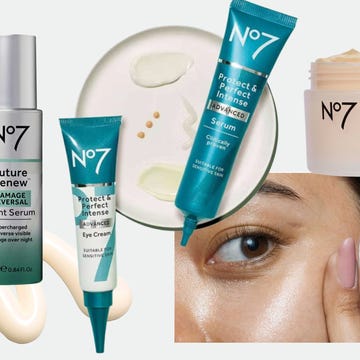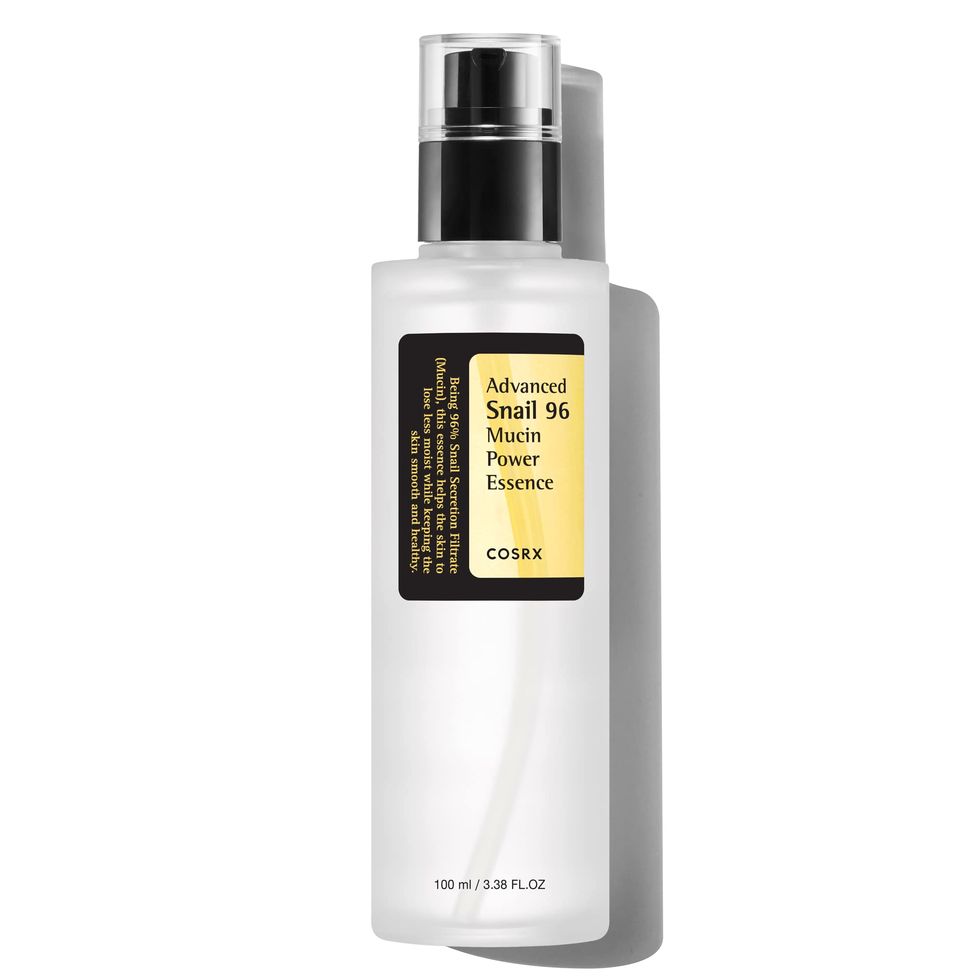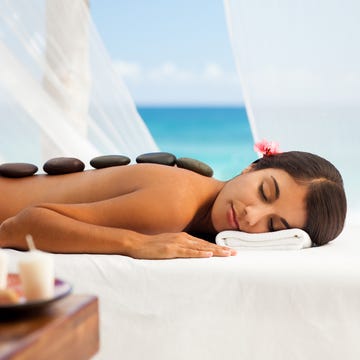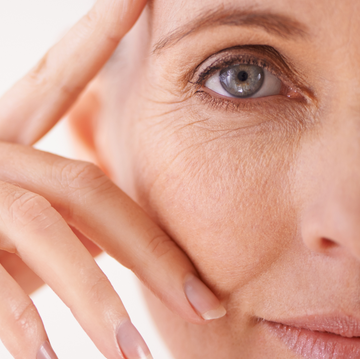We earn a commission for products purchased through some links in this article.
These are the Korean skincare buys for your most dewy glow, ever
Innovative ingredients and super-healthy skin have flown direct from Seoul

It’s been over a decade since Korean skincare took off in the UK, and it’s never been more popular. Originally, K-Beauty skincare was best known for being experimental, innovative and quirky. Now? It’s the (not so well-kept) secret to the dewiest, most glowy skin – for women of all ages.
Today, K-beauty is worth over $12.5 billion globally, according to a Cosmetic Business report). As well as leading viral TikTok trends (hello, snail mucin gels), Korean skincare has set up camp on the shelves of our biggest local retailers.
Far from being niche, K-Beauty is now one of the most popular offerings at Boots, Cult Beauty and LookFantastic, thanks to a host of brands that either originated from South Korea, or are rooted in Korean skincare science. Think LANEIGE, Erborian and Dr. Jart+, to name just a few. Specialist Korean skincare boutiques are also booming, as are K-beauty edits within curated destinations such as Beauty Edit Mayfair.
This second wave is now one of most impressive movements in skincare, especially for midlife skin when it comes to delivering gorgeous, natural radiance.
What is K-beauty skincare?
While the term simply refers to skincare products developed in South Korea, it’s the way that they’re designed that sets them apart. Julia Marinkovich, UK representative of Korean brand COSRX, says: “K-skincare is known for its innovative formulas, gentle yet effective ingredients and multi-step approach.”
Probably the most famous ingredient of all is the aforementioned snail mucin, and yes it’s pretty much what it sounds. The mucus secreted by snails as they glide is designed to protect and repair their skin, and Korean formulators have discovered similar benefits for humans.
Extracted without harming the snails (which are raised in a controlled environment), snail mucin is now a popular ingredient in serums and essences. The glycolic acid, allantoin and antibacterial properties it contains not only helps to hydrate and brighten, but can promote cell regeneration and combat acne.
Sumin Lee, founder of Beauty of Joseon, explains that tradition is also key. “A large part of K-beauty revolves around Korean beauty culture – it’s not just products made in Korea, it’s the overall perspective and approach to skin health and beauty.” Throughout her range, Sumin draws on centuries-old beauty practices from the Joseon dynasty, to create products that offer results as well as heritage.
What's unique about Korean skincare?
While much of Western skincare tends to focus on problem-solving, Korean brands prioritise preventative care, explains Sumin. The key? A clever combination of unique ingredients.
“Our brand combines Hanbang ingredients – which are rooted in traditional Korean medicine – with lab-backed formulations,” she says. “You’ll see the likes of ginseng, rice and red bean in our formulas, alongside retinal, hyaluronic acid and niacinamide.”
Combining hardworking actives with soothing botanicals delivers direct skincare benefits, explains Julia. “Extracts such as centelle asiatica, green tea and ginseng help to calm inflammation and improve elasticity, while brightening agents like niacinamide and rice extract even out skin tone and fade dark spots.”
Why is Korean skincare superior?
According to celebrity beauty expert Sherrille Riley, Korean skincare is unrivalled in its ability to deliver healthy, glowing skin. “The focus is on hydration, barrier support and ingredients that work with your skin, not against it,” says Sherrille, whose Beauty Edit Mayfair skincare curation now has a dedicated K-beauty section.
K-skincare can also reap visible rewards in glow, bounce and hydration in just weeks or even days. “If you’re treating something specific like hyperpigmentation or inflammation, the results can take longer,” she notes. “But the key is that K-beauty is about long-term skin health, not just quick fixes.”
Julia notes that Korean skincare is famous for creating so-called 'glass skin’ – "intense hydration promotes skin healing and reduces signs of ageing and hyperpigmentation, leading to a brighter, smoother appearance”.
Julia adds that its largely budget-friendly price points also tie into its efficiency. “K-beauty stands out for its simple yet effective approach to skincare – it offers affordable products that target specific concerns like dryness, acne, and dullness.”
Which age does Korean skincare suit?
“Although it’s trending for Gen-Z, K-beauty is actually for everyone,” says Sherrille. “Whether you’re dealing with breakouts in your 30s, or looking for anti-ageing in your 40s and beyond, it’s all about prevention and nourishment – and it’s never too late to build a routine that supports your skin’s needs.”
Julia explains that mature skin can especially benefit from the focus Korean skincare places on hydration. “The multi-step approach ensures that active ingredients like hyaluronic acid, snail mucin and ceramides deeply hydrate and plump the skin, which reduces the appearance of fine lines.”
K-skincare also prioritises sun protection as a key step in a skincare regime, which can help to prevent premature ageing. Julia recommends looking for collagen-boosting ingredients like peptides and fermented extracts to improve the firmness and resilience of the skin as it ages.
What are the key steps in a Korean skincare regime?
While K-skincare can sound a little overwhelming, our experts stress that there’s no need to commit to a 20-step routine. Sherrille says that it’s more about customising rather than complication.
Julia agrees, telling GH: “Modern techniques have cut the Korean skincare regime right down to five, or even three steps.”
Step 1: Double cleanse
Sherrille recommends using an oil-based cleanser followed by a water-based one to ensure you’re properly removing any remnants of makeup, SPF or impurities.
Step 2: Hydration
Since the secret to the Korean ‘glass skin’ look is a hydrated face, a lightweight essence or toner will boost the essential moisture and prep your skin nicely for makeup.
Step 3: Treatment
Sherrille suggests using a serum or an ampoule which targets your specific skin concern, whether it’s acne, dullness or fine lines.
Step 4: Moisturiser
A quality moisturiser will offer soft, plump skin by locking in all the hydration given by your previous steps and protecting your skin barrier.
Step 5: Sunscreen
For healthy, youthful skin, SPF is essential. Applying sunscreen as part of your morning skincare routine will protect against sun damage and skin ageing.
Julia explains that COSRX recommends a simplistic ‘R.T.P’ routine for anyone who is new to K-beauty. “First is ready – prepare your skin by cleansing. Then, target – address any skin concerns with treatments like serums or essences. Finally, protect – apply sunscreen or other protective products to safeguard your skin from environmental factors.”
From there, you can add exfoliants or masks, depending on your skin needs – “but at its core, K-beauty is all about consistency and gentle care, not overwhelming routines.”


Oti Mabuse on beauty and body positivity as a mum

Downton’s Joanne Froggatt has ‘mind-blowing’ skin

Shirley Ballas has no-knife facelift for Strictly

These are 10 of the best No7 skincare products






















